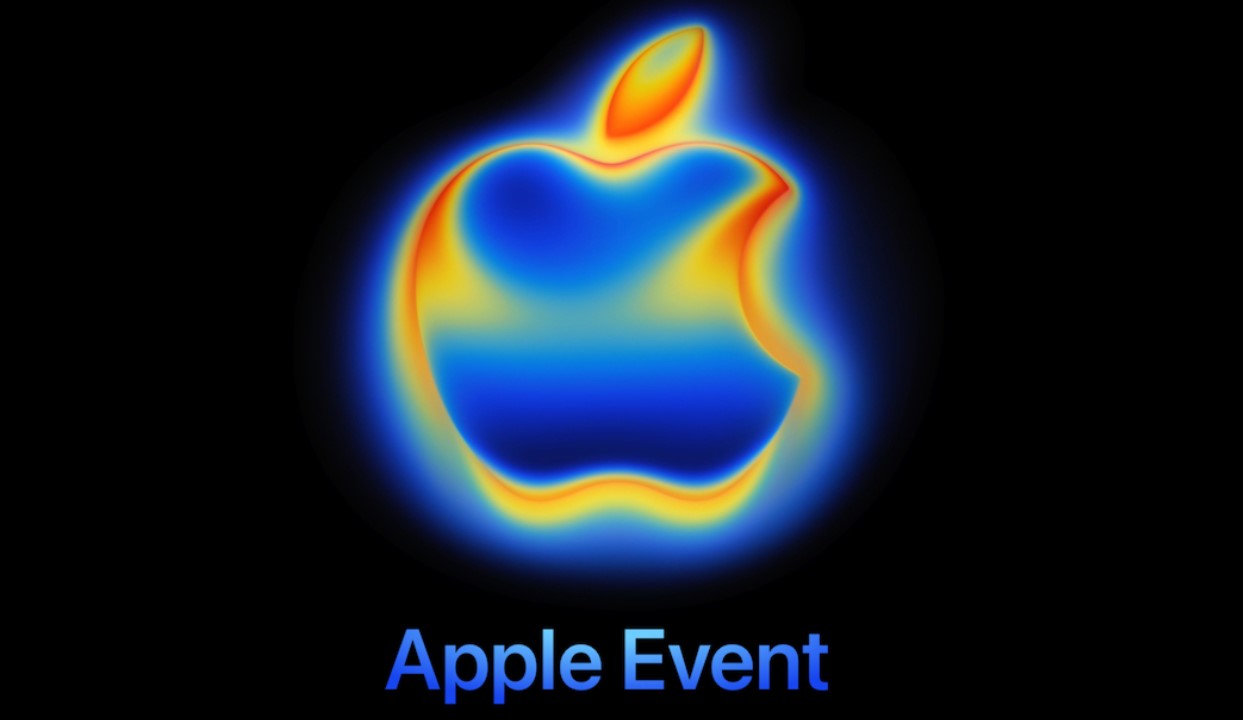Apple’s ultra-thin iPhone 17 Air debuts tomorrow at 5.5mm thickness alongside redesigned Pro models, marking the biggest iPhone shakeup since 2020 as the tech giant prepares to unveil its fall product lineup.
Revolutionary Thinness Defines New iPhone Era
The iPhone 17 Air represents Apple’s boldest design gamble in years. At just 5.5 millimeters thick, the device measures about one-third slimmer than current iPhone 16 Pro models, making it Apple’s thinnest phone ever created
. This dramatic reduction surpasses even the iPhone 6, which held the previous record at 6.9mm.
Apple achieved this engineering feat through significant compromises. The Air features only a single 48MP rear camera housed in a pill-shaped module, abandoning the multi-lens systems found on other models. Battery capacity drops below 3,000mAh compared to standard models pushing 3,500mAh or higher
The 6.6-inch LTPO OLED display splits the difference between Pro model sizes, offering 120Hz ProMotion refresh rates and Always-On functionality previously reserved for premium devices. Apple eliminated the physical SIM tray entirely, making the Air an eSIM-only device globally.
Bloomberg’s Mark Gurman questions whether these trade-offs justify the Air’s positioning between base and Pro models. The slim profile limits practical benefits while sacrificing camera versatility and battery life that many users prioritize.

Pro Models Get First Major Redesign Since 2020
Apple’s iPhone 17 Pro and Pro Max undergo their most substantial transformation in five years.
The camera system now spans the entire top third of the device’s back panel. This expanded module houses three 48MP sensors including wide, ultra-wide, and telephoto lenses with 5x optical zoom capabilities. The telephoto camera jumps from 12MP to 48MP resolution, delivering sharper zoomed images.
Apple returns to aluminum construction after two generations of titanium frames. The lighter material improves heat dissipation while reducing overall weight. The lower two-thirds of the back panel serves as an enhanced wireless charging area supporting faster speeds.
Performance improvements center on the A19 Pro chip built on advanced 3nm architecture. Pro models receive 12GB of RAM, up from 8GB in standard versions, enabling smoother multitasking and enhanced Apple Intelligence features.
Camera innovations include variable aperture technology and simultaneous front-and-back video recording. The front-facing camera upgrades to 24MP across all iPhone 17 models, doubling current resolution for dramatically improved selfies and video calls.
Standard iPhone 17 Gains Pro Features
The base iPhone 17 receives meaningful upgrades without dramatic design changes. Display size increases to 6.3 inches while adding 120Hz ProMotion technology previously exclusive to Pro
Apple equips the standard model with the A19 chip and 8GB of RAM to support Apple Intelligence features. The dual-camera system retains 48MP main and 12MP ultra-wide sensors.
| Feature | iPhone 17 | iPhone 17 Air | iPhone 17 Pro | iPhone 17 Pro Max |
|---|---|---|---|---|
| Display Size | 6.3″ | 6.6″ | 6.3″ | 6.9″ |
| Thickness | 7.8mm | 5.5mm | 8.25mm | 8.25mm |
| Rear Cameras | 2 lenses | 1 lens | 3 lenses | 3 lenses |
| Processor | A19 | A19 | A19 Pro | A19 Pro |
| Starting Storage | 128GB | 128GB | 256GB | 256GB |
New Accessories and Color Options
Apple introduces fresh accessories tailored for the iPhone 17 lineup. A redesigned bumper case reminiscent of iPhone 4 styling debuts specifically for the Air model. Premium cross-body straps offer hands-free carrying options.
Color selections expand with light blue joining the Air palette, matching Apple’s M4 MacBook Air aesthetic. Pro models gain an orange finish alongside traditional graphite, silver, and gold options.
Apple Watch Lineup Receives Modest Updates
The Apple Watch Series 11 maintains Series 10 design language while improving display brightness and introducing new band colors. Internal upgrades focus on the S11 chip for enhanced performance.
Apple Watch Ultra 3 features a slightly larger screen and adds 5G RedCap modem support enabling satellite messaging for emergency situations. The rugged smartwatch targets outdoor enthusiasts with features designed to compete directly against Garmin’s specialized fitness devices.
The affordable Apple Watch SE continues at $249 with updated display technology and faster processing.
Health monitoring capabilities face delays. Hypertension detection and other advanced features shift to Apple’s planned Health+ subscription service launching next year.
AirPods Pro 3 Brings Live Translation
After three years, Apple refreshes its premium earbuds with significant enhancements. The AirPods Pro 3 introduces live conversation translation, leveraging Apple Intelligence to break down language barriers in real-time.
Hardware improvements include a more compact charging case with touch-based controls replacing physical buttons. Built-in heart rate monitoring expands health tracking capabilities beyond wrist-worn devices.
The H3 chip promises improved active noise cancellation and spatial audio processing. Battery life extends through efficiency gains despite the smaller case design.
Additional Product Updates Expected
Apple prepares refreshes across its ecosystem. The AirTag 2 features an improved ultra-wideband chip delivering three times longer tracking range for enhanced item location.
A new Apple TV 4K may debut with the A17 Pro processor and Wi-Fi 7 support, potentially dropping below $100 for broader market appeal.
The HomePod mini gains ultra-wideband compatibility and enhanced audio quality. iPad Pro models scheduled for later release will add M5 processors and repositioned front cameras optimized for landscape video calls.
Vision Pro development continues with M4 or M5 chip upgrades and possible space black finish variations targeting professional users.
Market Positioning Challenges
Industry analysts question the iPhone 17 Air’s market viability. Premium pricing for a device with notable compromises creates positioning challenges against feature-rich Pro models.
Battery life concerns may deter power users. Single camera limitations disappoint photography enthusiasts accustomed to versatile multi-lens systems.
Yet Apple’s design-forward approach historically creates new market segments. The original MacBook Air faced similar skepticism before defining ultraportable computing standards.
Event Details and Availability
Apple’s “Awe Dropping” keynote streams live tomorrow, September 9 at 10 AM Pacific Time from Steve Jobs Theater. Pre-orders typically begin Friday following the announcement with retail availability starting September 19.
Pricing remains unconfirmed though analysts expect the iPhone 17 Air to slot between $899 base model and $1,199 Pro pricing. International rollout follows U.S. launch with major markets receiving inventory by month’s end.
The September 9 event marks Apple’s most ambitious iPhone refresh since introducing 5G capabilities, testing whether radical design choices can reignite upgrade cycles in a maturing smartphone market.
Consumer response to the ultra-thin Air model will signal whether buyers prioritize aesthetics over functionality. Early hands-on impressions from tech reviewers attending tomorrow’s event should provide initial verdict on Apple’s bold gamble.
What’s your take on sacrificing battery life and cameras for ultra-thin design? Share this article with friends discussing tomorrow’s Apple announcements.



















